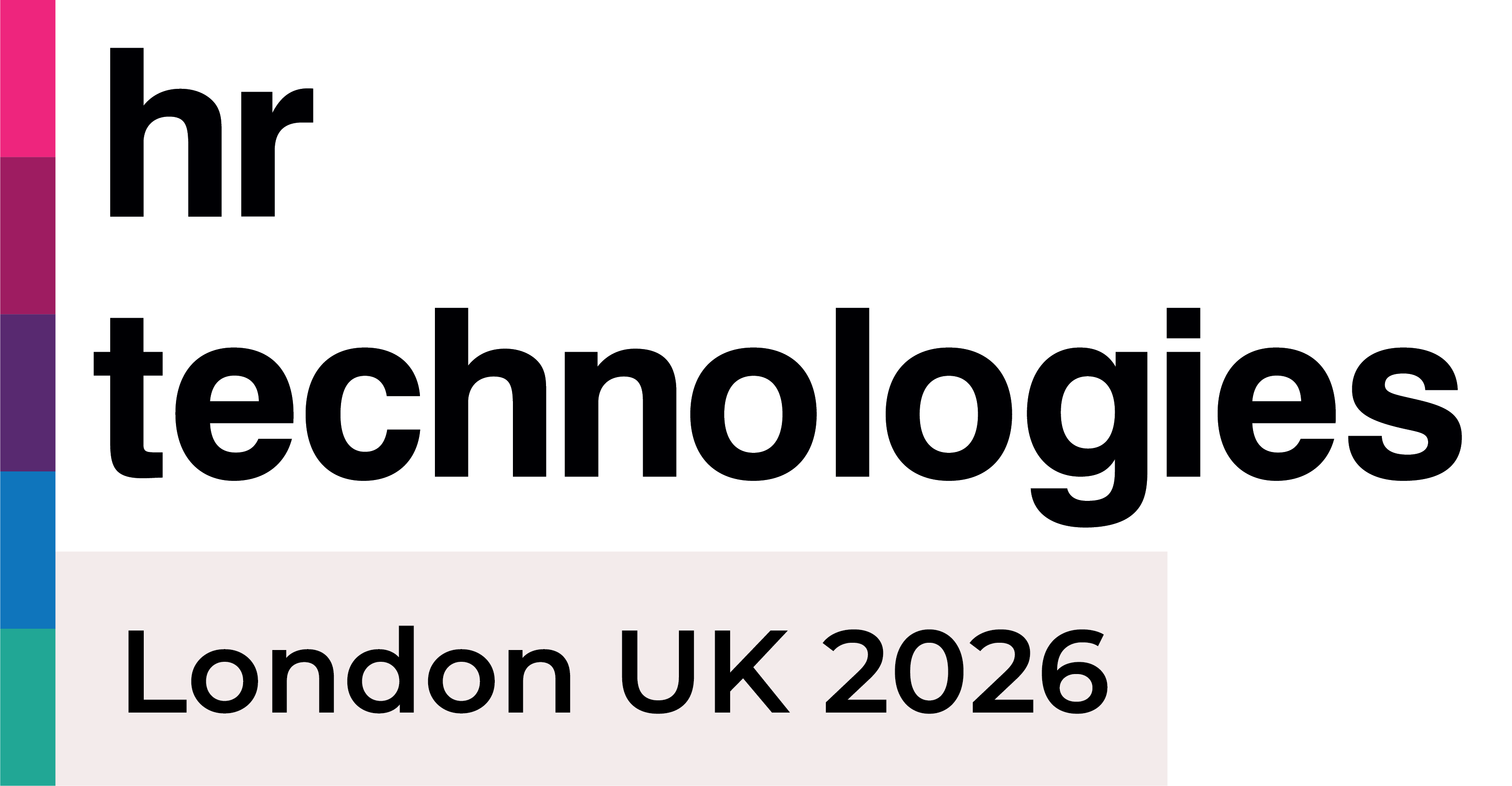Workplace Data Analytics for Successful Hybrid Office Transformation
)
Employees visit the office to meet a client, access resources and equipment, or brainstorm with their team. Communication and transparency will be a differentiating skillset, and trust will be established between employee and employer based on deliverables met, rather than measured by time spent at work. In the new hybrid work model, workplace data analytics are essential to ensuring your employees are getting what they need. Forward-thinking companies are already connecting the dots, even amidst dynamic change, with useful data generated by spatial location intelligence.
Now is a good time to rethink what work means, both to our employees and our businesses. Ask the following questions: How should it happen? Where should it happen? Can we afford to transform our culture? Can we afford not to? Data-driven insights can objectively inform these decisions over the coming months and years.
Spatial Location Intelligence: Tracking Space Usage
Spatial location intelligence measures how people work within a defined area, and how flow and movement impact efficiency, culture and comfort levels, by identifying where people or things are within a building. Over time, by tracking how many people enter a space, where they spend time, for how long, and how often, it is possible to capture a rich dataset of human behavior within a built environment.
This information brings clarity and certainty to companies that seek to understand the true performance of their real estate. Using this intel, they can comply with occupancy policies, understand exactly how employees are using the workplace as they return to offices, and measure the performance of the resources available.
Many companies are assessing how COVID-19 has impacted their office space needs. When companies are looking for new office spaces, they want to make sure that they are prioritizing the needs of their employees before they make an investment. Technology can help organizations understand exactly how and when spaces are being used. For example, a company may find that their employees are now spending a lot more time on the outdoor patio at the office. When they look for a new office space they’ll be sure to prioritize plenty of outdoor space to keep employees comfortable. Without investing in software to capture this information, companies can’t gauge precisely how investments in office space and facilities coordinate with a company’s strategic plan and the needs of its employees.
People Counting is Not Enough!
Workplace data analytics was once limited to measuring occupancy, or counting the number of people in a space at any given time. This is accomplished by installing sensor hardware at entrances and exits to key locations – an often inconvenient and always expensive investment that involves running cable through office tower ceilings. New technology can bring so much more to the conversation.
WiFi-based solutions can deliver more data than occupancy sensor solutions alone. They can integrate with existing sensors or operate with none at all, which can cut costs and get the solution up and running in less time. Data is sourced from anonymous signals provided by smart devices, such as laptops and cellphones, as they move throughout a designated space. This allows companies to know how many people are using the office, plus when and for how long.
Consider a scenario in which a company’s seventh floor meeting spaces are always booked solid. They could make costly plans to expand the workspace and create more meeting rooms, or they could seek to know more about the existing space. Occupancy data can tell you that the rooms often contain people, but they can’t tell you that those people are all on teams from the fifth floor. WiFi solutions can quickly determine that the problem is not a shortage of seventh floor meeting rooms – it’s a shortage of fifth floor meeting rooms. Understanding not just the number of people in a space, but how they use a space is an essential marker for measuring the comfort, flow, and efficiency of your workplace.
The Future of Work Is Data-Driven Hybrid
Insights into how often employees frequent the office, which areas are used most and for how long, and the levels of interactivity between employees, can provide a rich quantity of data. When you only count people, you can’t account for how they move about and use space over time. But hybrid work solutions must solve for the behavior patterns of different work teams sharing a space. Companies can potentially save millions of dollars by analyzing and optimizing how their current spaces are used instead of acquiring additional real estate. Workplace data analytics removes the guesswork from your workplace transformation strategy and informs decisions that solve the office’s evolving needs.
Read the original article, published by IT for All.
